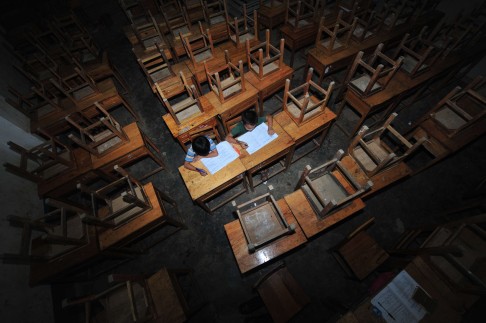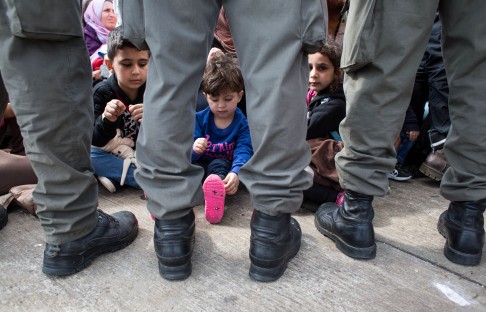
A focus on inequality and children's well-being will further our fight against poverty
Judy Ho says the next phase of a UN-led global fight to help the poor, which now fittingly includes tackling inequality, deserves our support
Heads of state from around the world are gathering at the UN summit this week for the adoption of the post-2015 development agenda. It is a pivotal moment. The Sustainable Development Goals - consisting of 17 goals and 169 targets - will serve as an extension of the Millennium Development Goals, which will expire at the end of the year.
Representing a unanimous global consensus to tackle poverty, the millennium goals have achieved much. The number of people living in extreme poverty has been halved. Since 1990, over 2.6 billion people globally have gained access to improved drinking water. More girls are now going to school than before, and there has been unprecedented achievements in fighting diseases such as HIV and Aids.
Yet, the millennium goals were less successful in addressing inequality: they were blind to the differences between countries and did not encourage reaching out to the most vulnerable children.
Many countries claimed success in reaching these targets, but the hardest to reach and most vulnerable people have not benefited
Many countries claimed success in reaching these targets, but the hardest to reach and most vulnerable people have not benefited. Globally, the poorest 20 per cent of people earn between 1 per cent and 2 per cent of the world's income, and over a quarter of all children are located in this bottom 20 per cent. Some of the worst poverty is today found in countries like India and Brazil, which are also generating vast wealth. Inequality within countries is just as glaring as inequality between countries.


Some argue that rising inequality was an unfortunate but necessary side effect of economic growth, and that eventually the "trickle down effect" will increase poor people's income. However, some experts argue that, without addressing inequality, it is unlikely that absolute income poverty reduction can be achieved worldwide.
A fresh approach is needed. The three-day summit in New York is a test for global solidarity. The new goals will seek a global agenda for poverty eradication, covering the broad themes of the previous goals - ending poverty and hunger, and improving health, education and gender equality. It will also include specific goals to reduce inequality, make cities safer, address climate change and promote peaceful society.
READ MORE: Growing levels of inequality hurting both growth and the poor
The post-2015 framework needs to recognise that investing in children is key to escaping the inequality traps. It means focusing on the most vulnerable and hardest-to-reach children, including those in remote areas, in urban slums, in conflicts and those suffering most from the effects of climate change.
Helping the most vulnerable children will require universal coverage of essential services - such as health care, education and social protections - that provide the foundation for a better life. Ending extreme poverty by 2030 will require everyone to stop at nothing to protect the most vulnerable children - the Sustainable Development Goals provide an unprecedented opportunity for us to get there within this generation.
